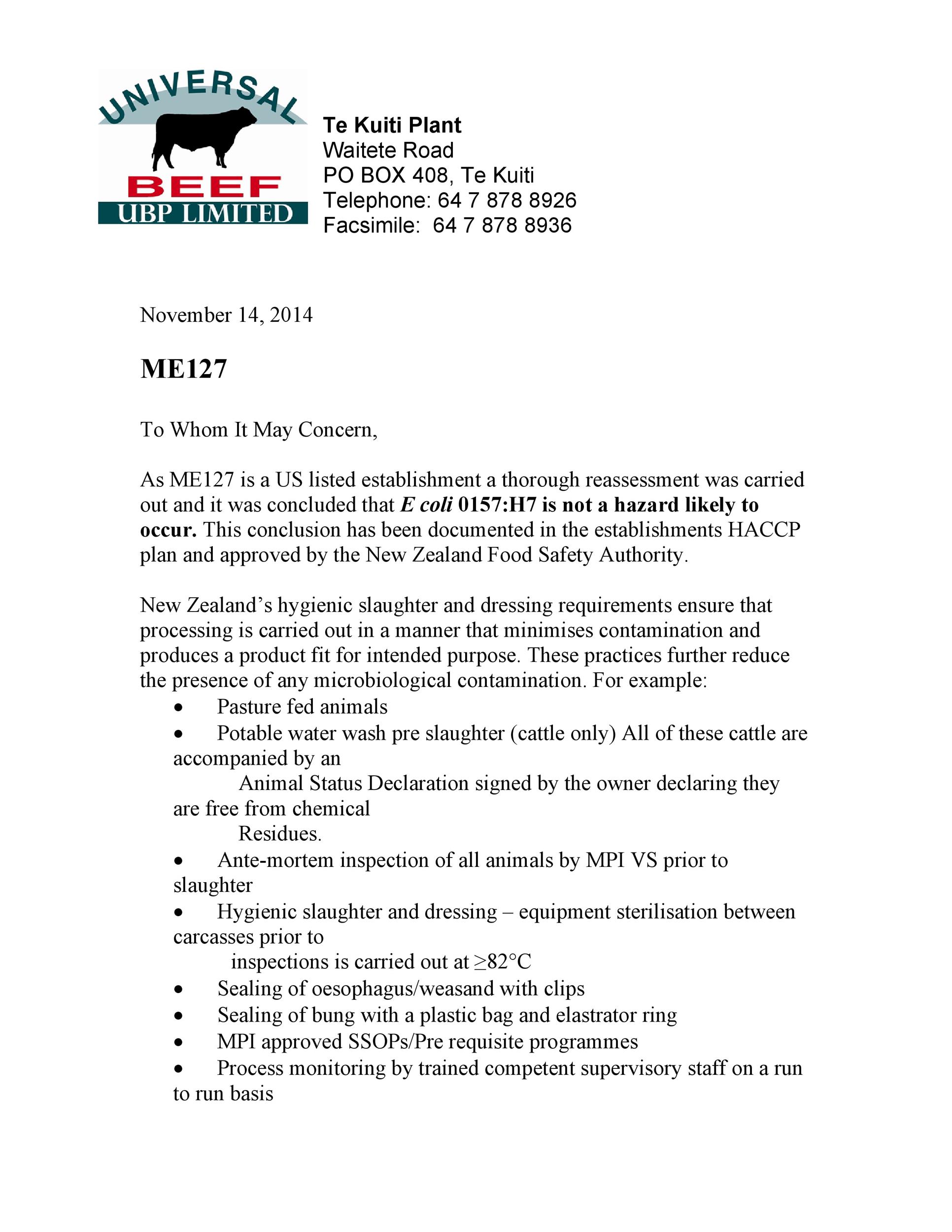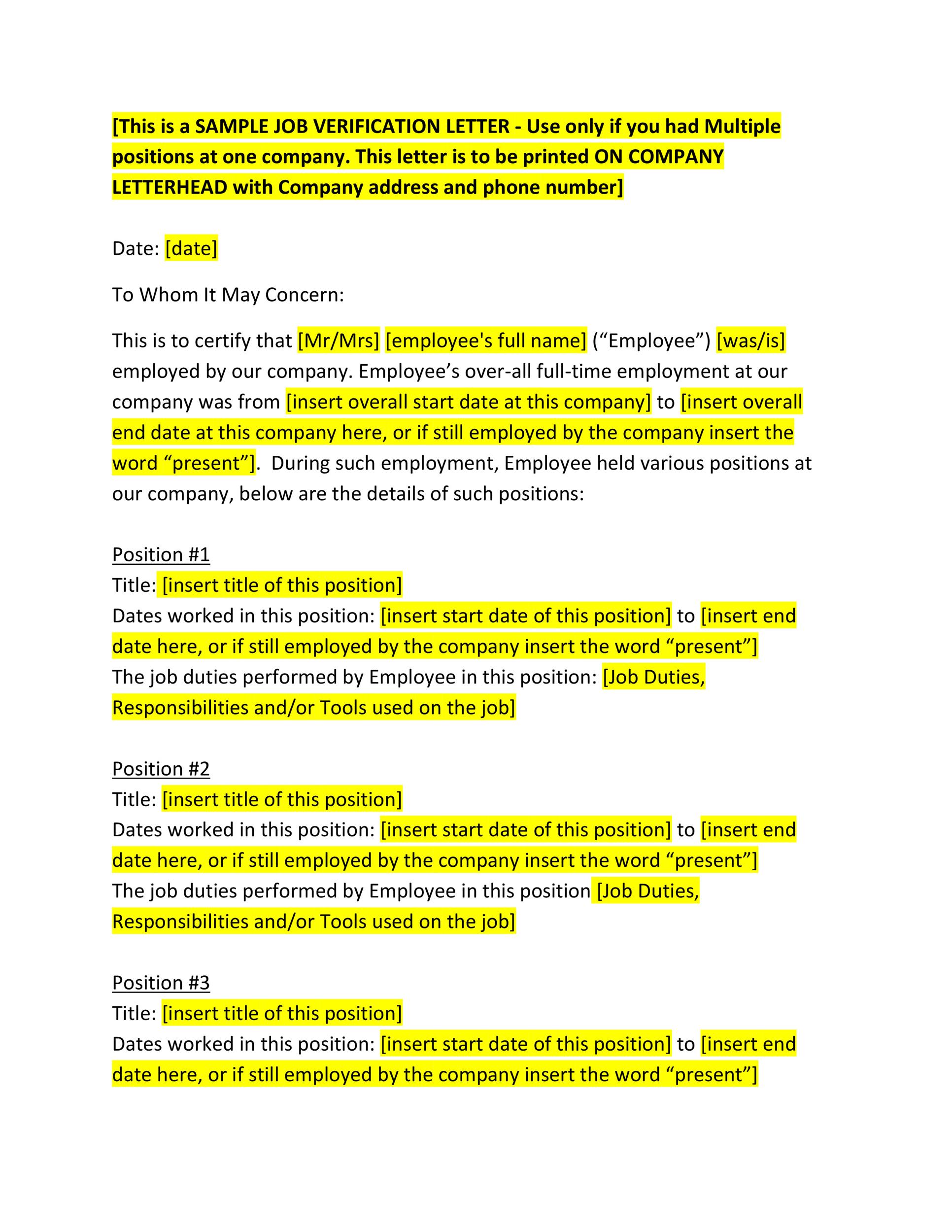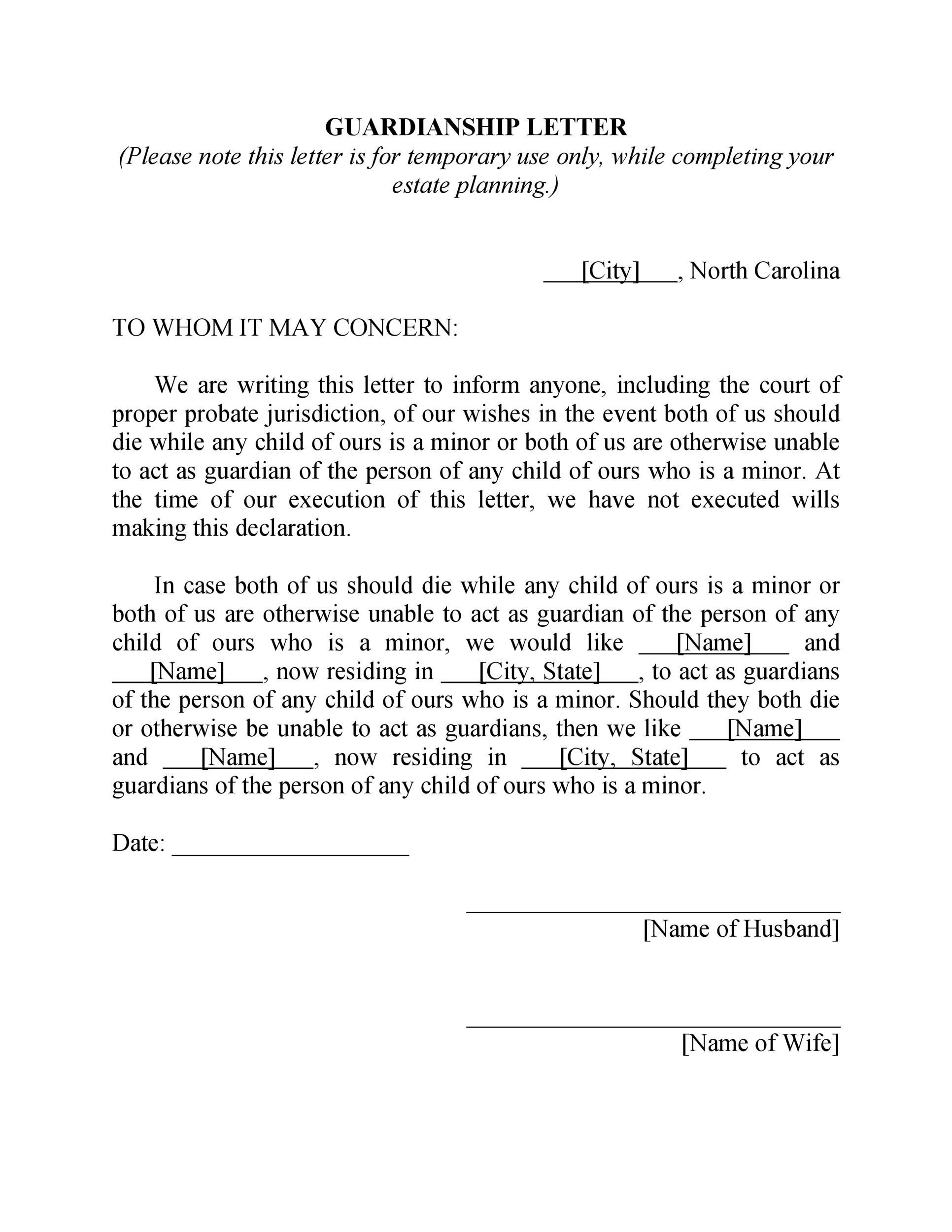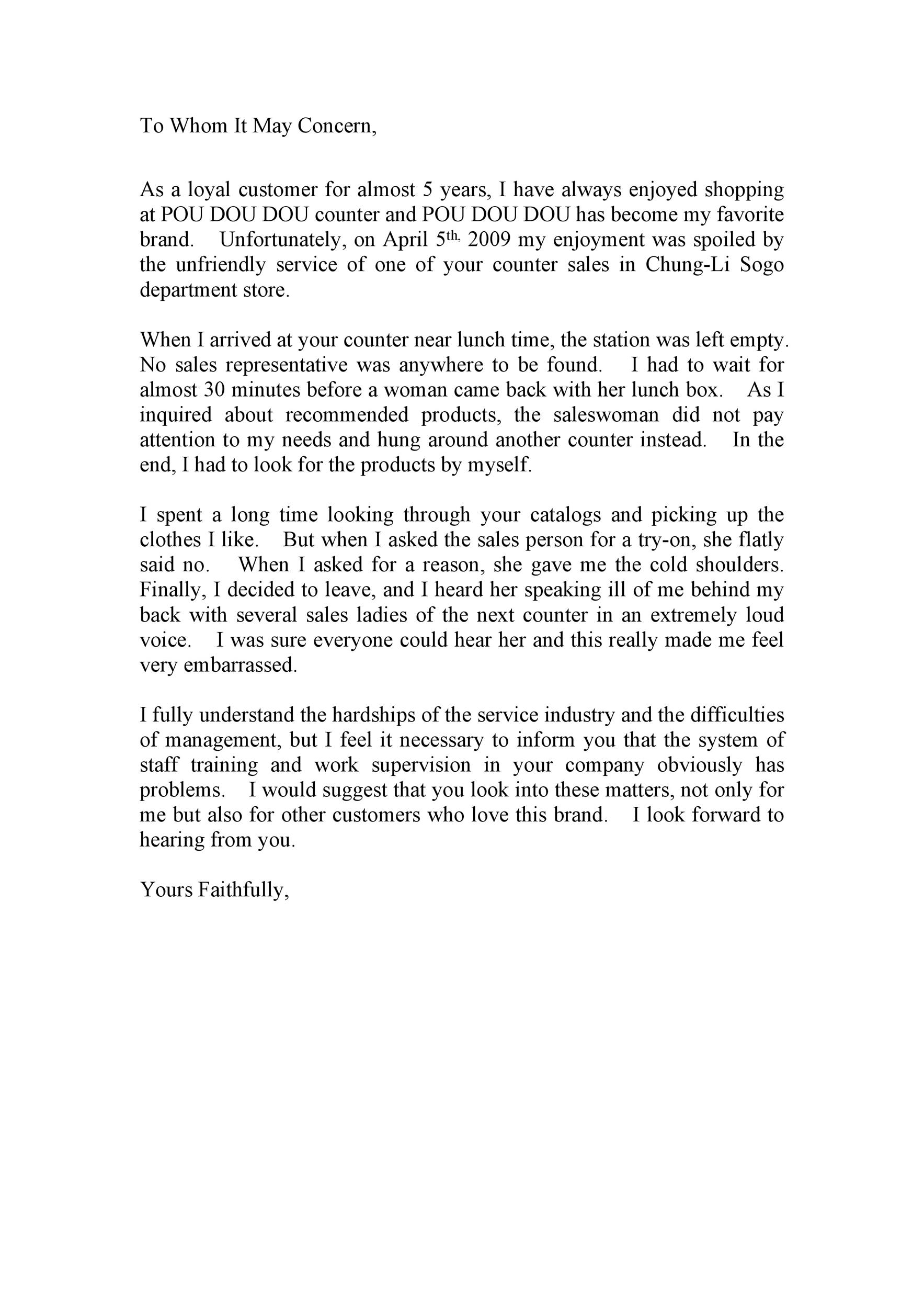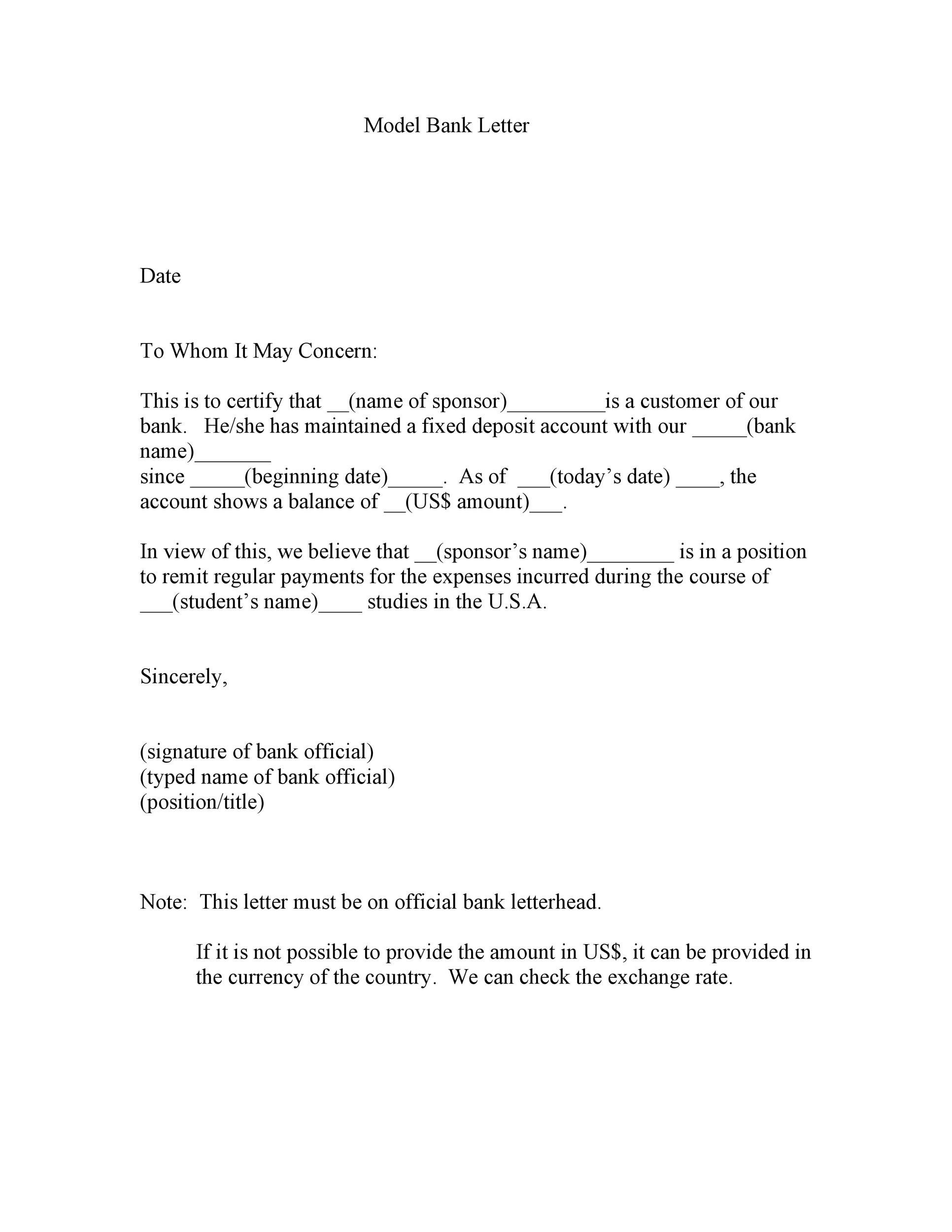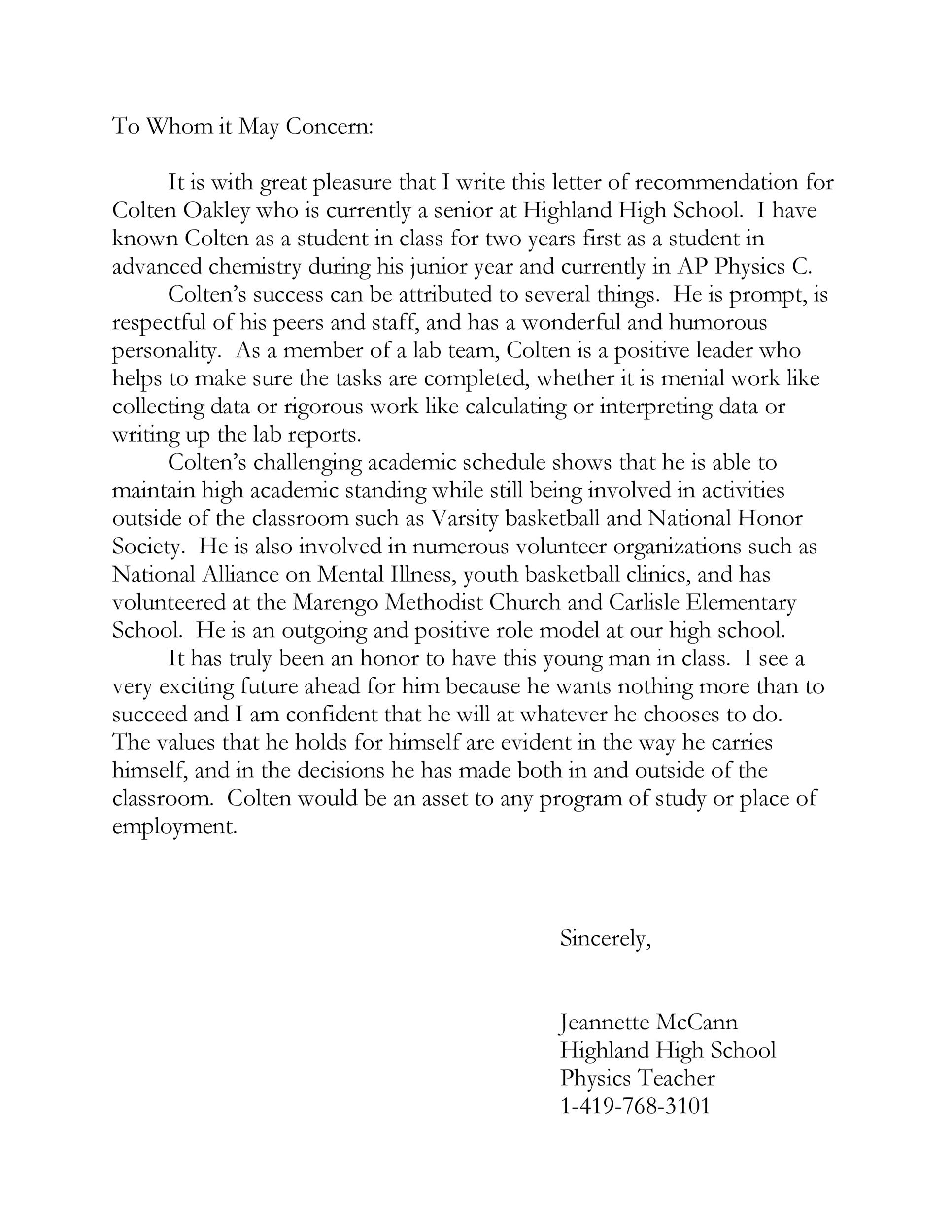One can also use this salutation format for emails. Knowing the purpose of your letter will help you to structure it in a way that is clear and concise. Before addressing your cover letter, take the time to research. This standard template should be followed strictly when writing a formal letter. If the sender’s address is not mentioned at the top, it can be included below the signature.
It ensures that your letter will be read by the person responsible for handling such matters, without making it seem like you didn't do your homework. For example, you’re sending out a letter of complaint because you’re unhappy about the service you’ve received, or one of your colleagues has asked you to provide a letter of recommendation for them. Ideal for various formal communications, this template simplifies writing official letters for diverse needs. Web when you don’t know who is the receiver of a letter, then you head it as to whom it may concern. I will also discuss situations when to use them and when not to.
Web discover the perfect blend of professionalism and clarity in our expertly crafted 'to whom it may concern' letter sample. To use a template, simply fill in the relevant information in the template and then print or email it. In this section, provide a brief introduction and explain the purpose of your letter. It is important to remember that to whom it may concern letters must be precise and to the point in a positive tone. Since the recipient of the letter is unknown, the salutation should be “to whomsoever it may concern.” this should be followed by a colon.
Web “to whom it may concern” in a cover letter. To use a template, simply fill in the relevant information in the template and then print or email it. Web to whom it may concern is a salutation for a letter or email, most commonly employed when the writer does not know the recipient’s name. It is important to remember that to whom it may concern letters must be precise and to the point in a positive tone. Mostly, these letters are written for reference and visa purposes. In this section, provide a brief introduction and explain the purpose of your letter. The introduction should clearly state the purpose of the letter. Each sample letter comes with guidelines and advice to help you find the right words. I will also discuss situations when to use them and when not to. Web are you making a complaint, asking for information, or requesting something specific? For example, you’re sending out a letter of complaint because you’re unhappy about the service you’ve received, or one of your colleagues has asked you to provide a letter of recommendation for them. Web the phrase “to whom it may concern” is a traditional way to address correspondence when you don’t know the specific name of the recipient. If the sender’s address is not mentioned at the top, it can be included below the signature. Knowing the purpose of your letter will help you to structure it in a way that is clear and concise. Web a “to whom it may concern” letter is okay to use when you introduce yourself to a person you have not yet met.
Web “To Whom It May Concern” Is A Salutation That Is Used When You Do Not Know Who You Are To Address Your Formal Letter.
To use a template, simply fill in the relevant information in the template and then print or email it. Knowing the purpose of your letter will help you to structure it in a way that is clear and concise. If the sender’s address is not mentioned at the top, it can be included below the signature. To whom it may concern is a general way to address correspondence to a recipient whose name is unknown.
It Is Generally Considered A Professional Way To Begin A Cover Letter Or An Email For Business Correspondence.
Web in this post, let me share some of the best “to whom it may concern” sample template examples of how to use them correctly in your email or letter. Although the body of the letter can vary according to the subject of the letter; One can also use this salutation format for emails. Web to whom it may concern is a salutation for a letter or email, most commonly employed when the writer does not know the recipient’s name.
For Instance, If You Receive A Letter Requesting A Quotation Or Some Information About Your Business From A Company, Then.
This standard template should be followed strictly when writing a formal letter. I am writing this letter to provide a character reference for [name] who is applying for [purpose, e.g., a. This is where you set the context. Web if you're writing a complaint letter to a company and you don't know who will be reading it, to whom it may concern is appropriate.
It Is Acceptable In Formal Or Professional Correspondence.
It is important to remember that to whom it may concern letters must be precise and to the point in a positive tone. Since the recipient of the letter is unknown, the salutation should be “to whomsoever it may concern.” this should be followed by a colon. Web the salutation “to whom it may concern” is traditionally used when you don’t know who you’re writing to, or if you’re unsure about the name of the person you’re addressing. Web find inspiration in our curated catalog of letters to whom it may concern.
